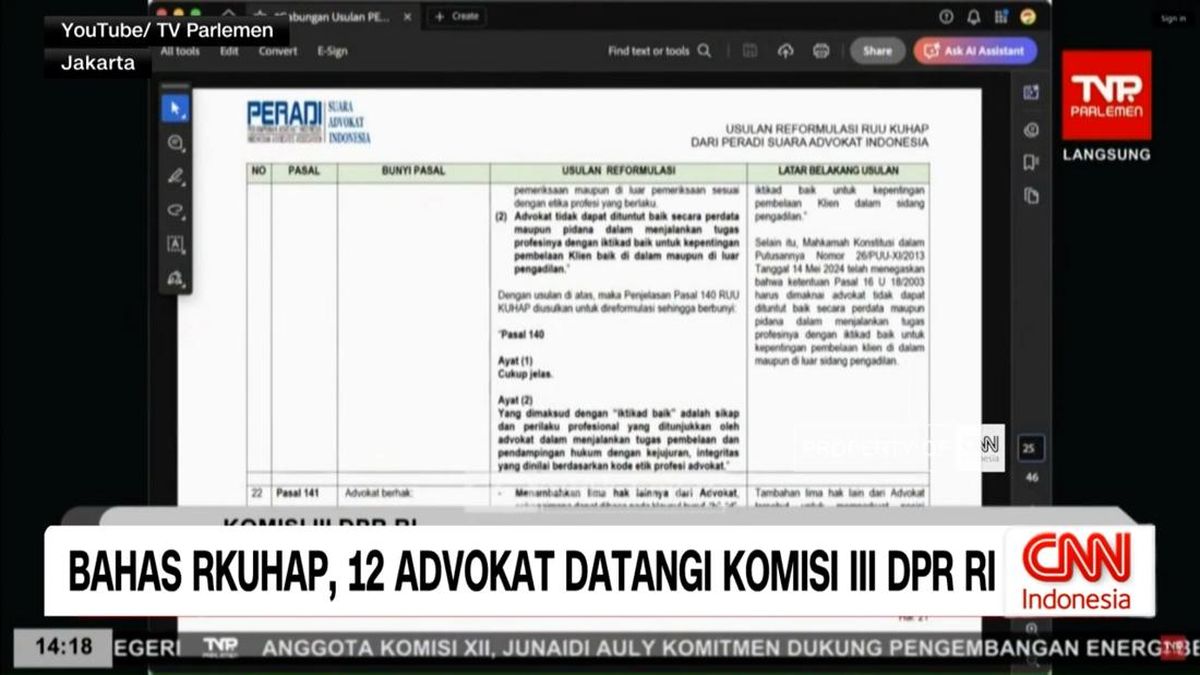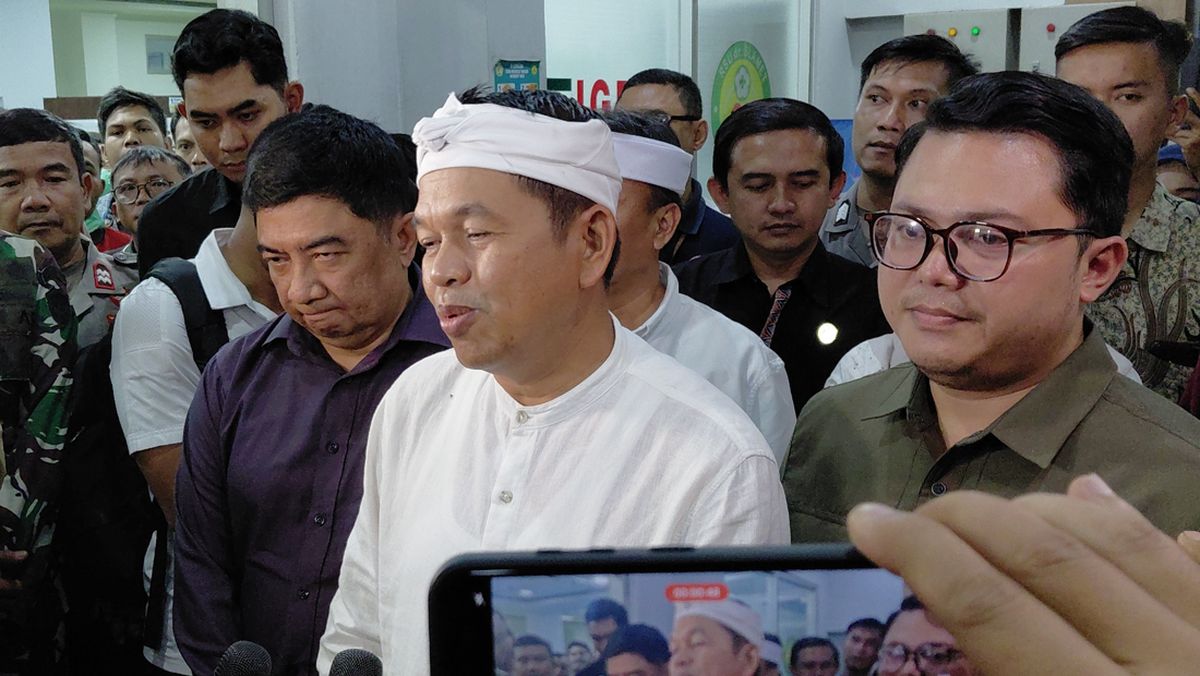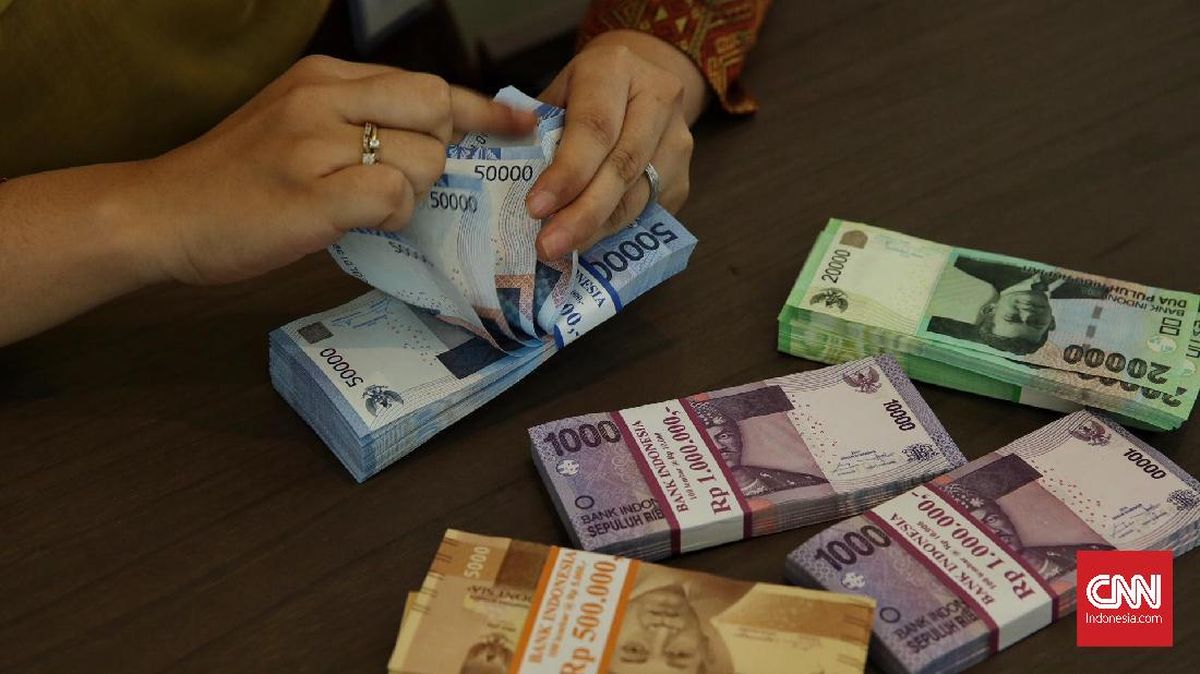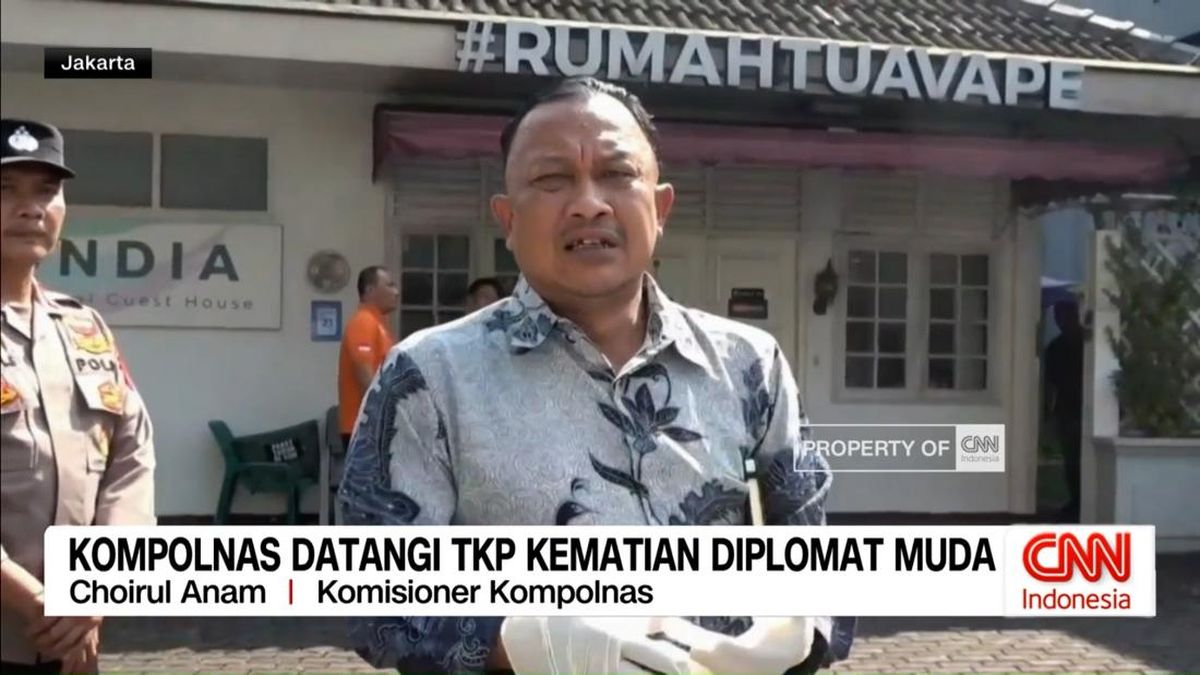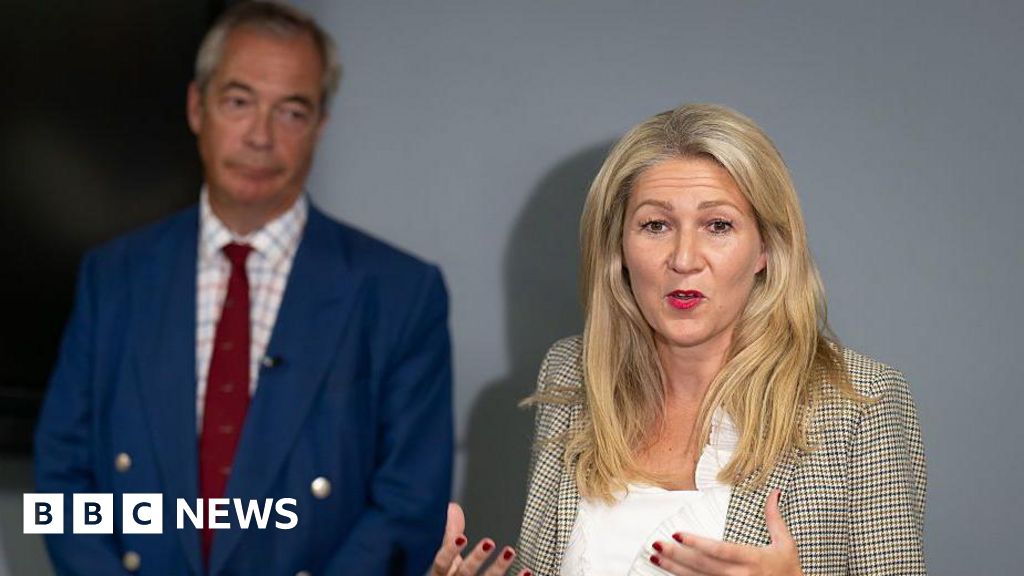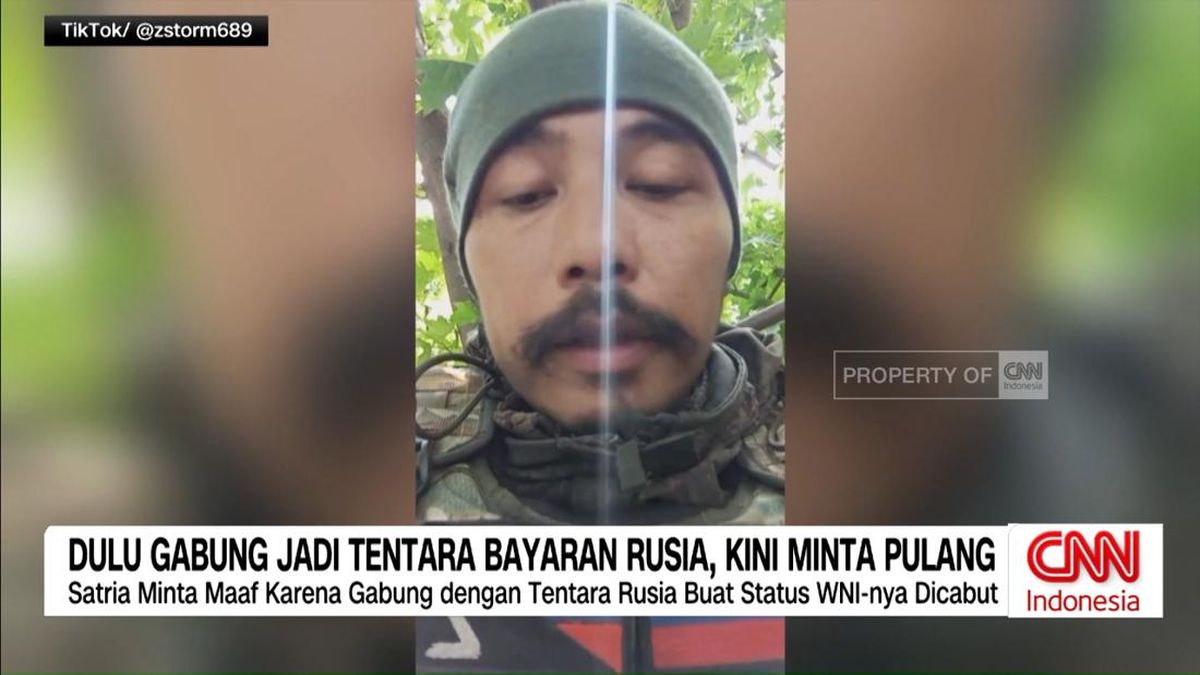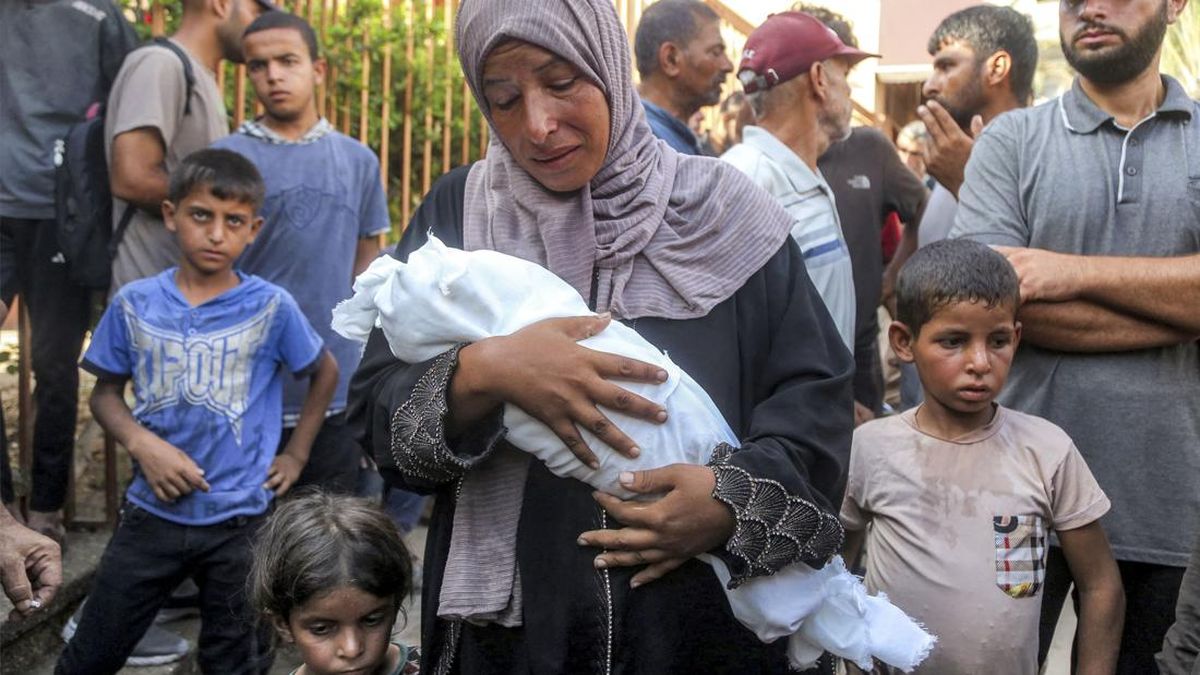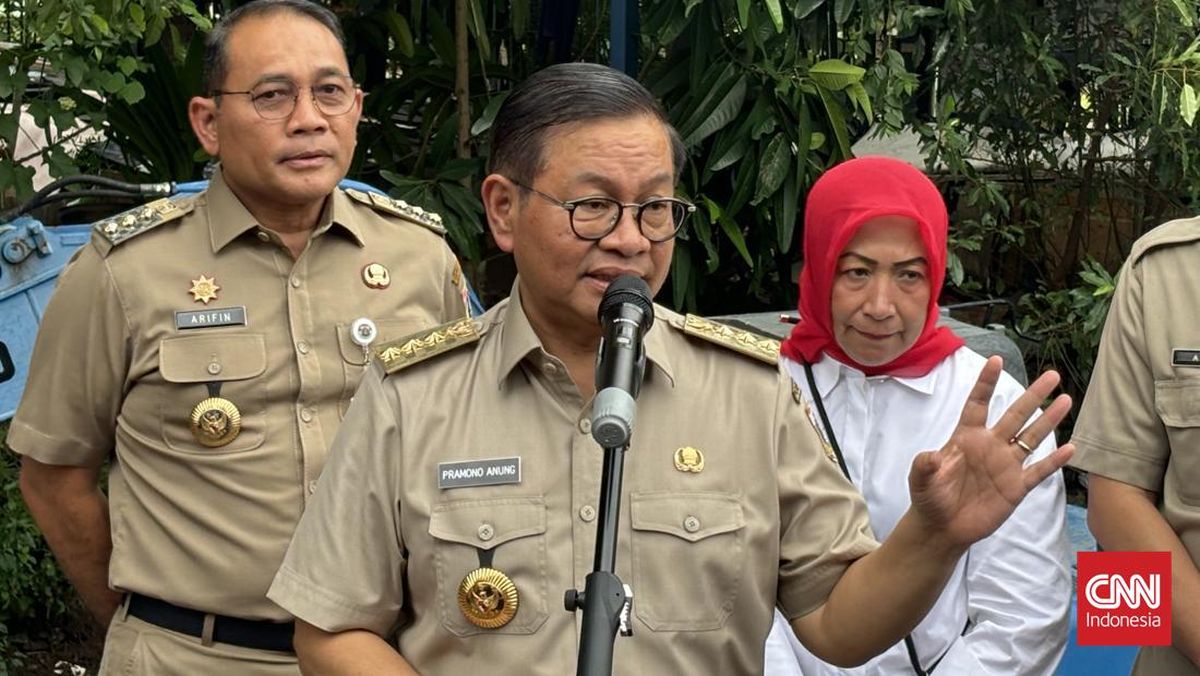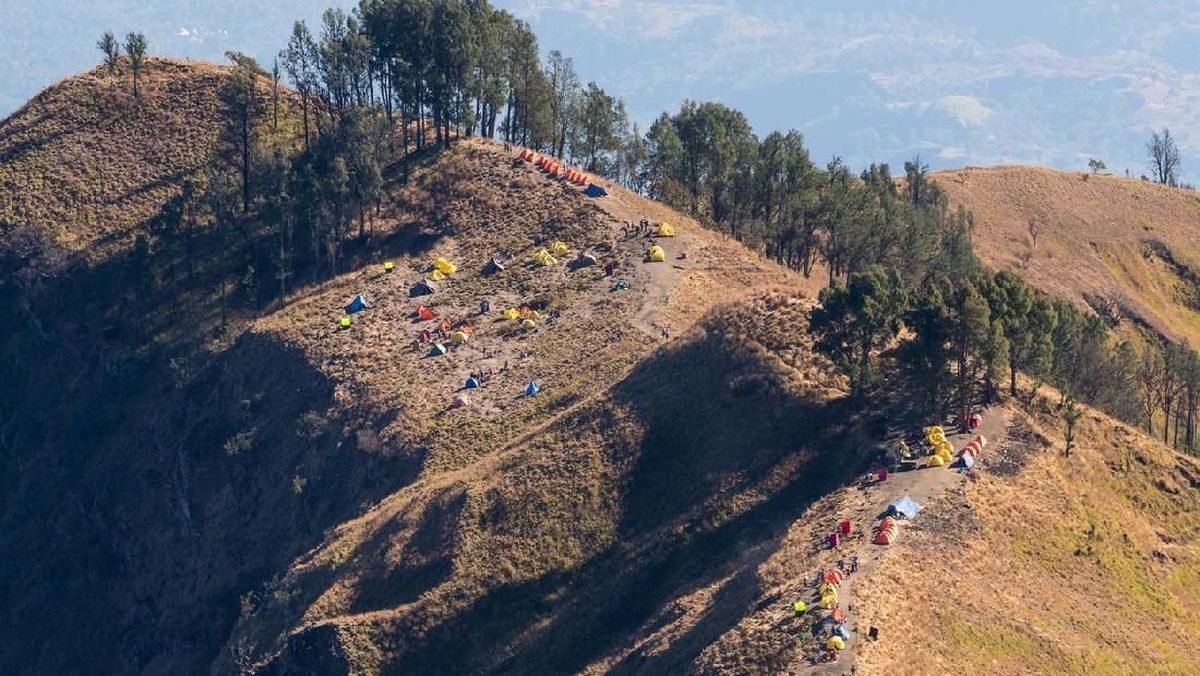By Daniel Hardaker
July 22, 2025 — 3.30pm
Teenagers are helping Russia build Shahed suicide drones as President Vladimir Putin ramps up production at a major factory in Tatarstan, about 800 kilometres east of Moscow.
The Yelabuga production facility, the largest of its kind in the world, is spearheading efforts to stockpile the weapons to overwhelm Ukrainian air defences with mass aerial bombardments.
The footage, recorded by Zvezda, the Russian defence ministry’s TV channel, is the first detailed look inside the plant.
Students and staff are shown on the production line constructing row after row of matte black Geran-2 drones, the Russian-built version of the Iranian-designed Shahed-136.
Teenagers are reportedly invited to the plant after finishing ninth grade at 15 years of age, and most come from the nearby technical college.
“Everywhere you look, there’s young people working here,” the voice-over says as the camera pans across what appear to be dozens of teenagers making drone components and working at computers on the bright factory floor.
Shahed drones have become instrumental in Putin’s plans to relentlessly pound Ukrainian cities and drain morale among the armed forces and terrorised civilians.
The Kremlin said on Sunday that achieving its war goals remains Russia’s priority ahead of signing a peace deal with Ukraine, despite US President Donald Trump giving Moscow 50 days to agree to a ceasefire or face severe sanctions.
European defence officials believe Russia plans to fire thousands of the relatively cheap Shahed drones every night as production increases. The new dark paintwork on the Russian models is believed to reflect an increasing focus on night attacks.
Loading
Other footage released in Russia on Sunday showed the drones being launched from the back of what appear to be new model American-made Dodge Ram 1500 pick-up trucks, seemingly in violation of sanctions.
The video of the factories emphasised the plant’s in-house production lines, showing metal foundries and a blacksmith’s workshop, as well as assembly stations and testing facilities.
It said Putin had noted the set-up at Yelabuga, suggesting it should be replicated across the country to reduce Russia’s dependence on imports for manufacturing.
Russia is now believed to be producing more than 5000 long-range drones a month, with up to 18,000 units built at the Yelabuga plant in the first half of 2025 alone.
A Kremlin-linked think tank claimed last month that drone production had jumped by 16.9 per cent in May.

Geran-2 drones on a truck during the Victory Day military parade in Moscow in May.Credit: AP
More than 500 drones and missiles are regularly fired at Ukraine in night-time attacks, and analysts believe the Kremlin is close to being able to pound its neighbour with more than 1000 in a single day.
On July 9, Russia carried out its largest attack yet, with 741 missiles and drones launched at Ukrainian towns and cities.
Putin hopes that with repeated onslaughts, he can wear down morale among Ukraine’s population, deplete Kyiv’s defences and undermine the West’s appetite to maintain its support.
Geran-2 drones are relatively cheap to produce, costing between $53,000 and $76,000 a unit.
Ukraine’s Western-supplied air defence systems are much more expensive, as a single Patriot missile interceptor costs more than $8 million.
Christian Freuding, a senior German army officer, warned this week that Ukraine and its allies would need to develop countermeasures costing $3000 to $6000 a unit for its air defence to be economically viable, given Russia’s growing attacks.
Freuding also said he believed Russia was aiming to be able to launch 2000 drones a night at Ukraine, which would pose a serious challenge to air defences.
The Yelabuga site was opened in 2023 and is in the Alabuga special economic zone near Kazan, a high-tech manufacturing hub. If needed, drone technology can be shipped directly from Iran via the Caspian Sea as Yelabuga sits on the Kama River, which flows into the Volga.
Though more than 1600 kilometres from the Ukrainian border, the facility appears to have been targeted by Kyiv. In June, Russian media reported that one person was killed when intercepted drone debris fell on a checkpoint in the area.
The Geran-2 has a total length of 3.5 metres and a wingspan of 2.5 metres. It weighs around 200 kilograms, carries a 50-kilogram warhead and can descend onto targets up to 1800 kilometres away at speeds of up to 300km/h.
Loading
Ukraine reported this week that it had shot down its 30,000th Shahed drone, using analysis of a serial number obtained from a fragment of one of the downed munitions.
The Telegraph, London
Get a note directly from our foreign correspondents on what’s making headlines around the world. Sign up for our weekly What in the World newsletter.
Most Viewed in World
Loading


